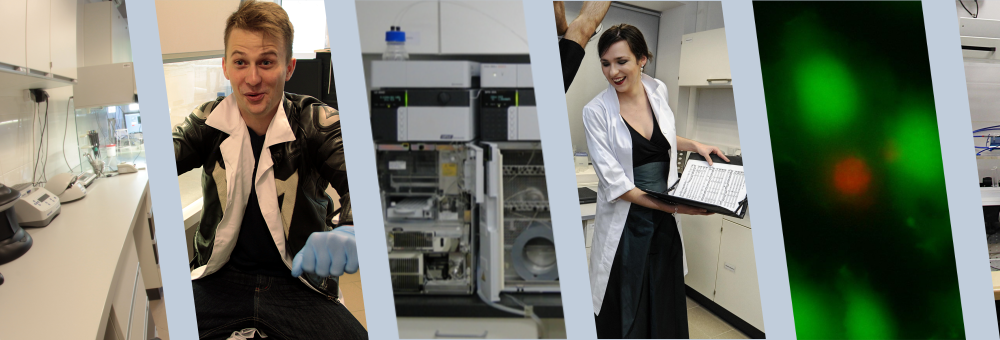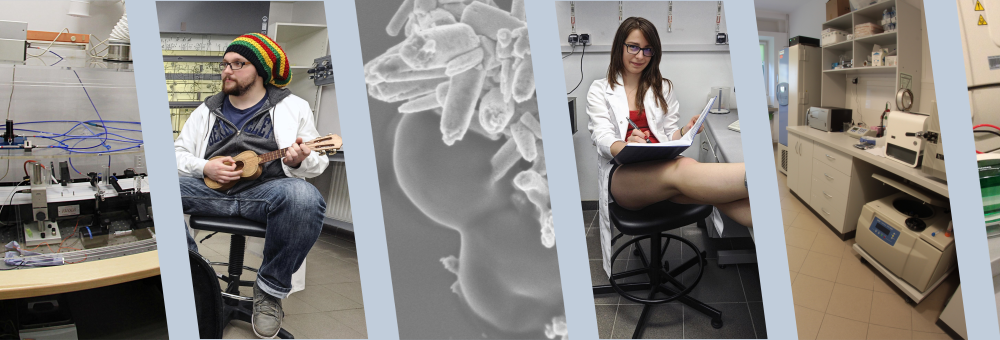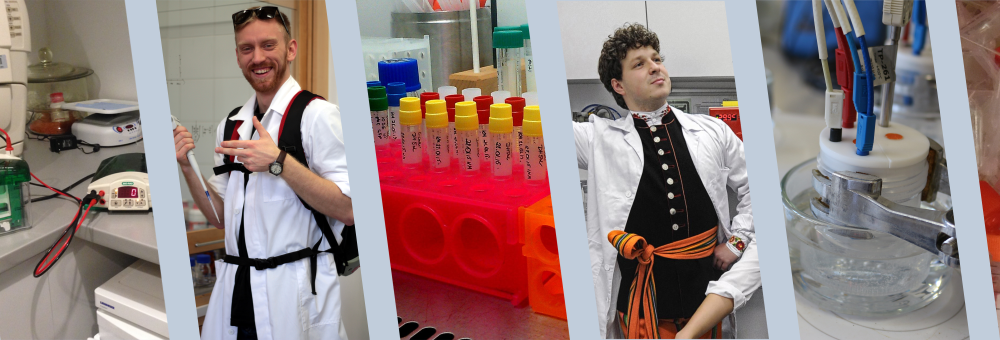Publication
Scaling form of viscosity at all length-scales in poly(ethylene glycol) studied by fluorescence correlation spectroscopy and capillary electrophoresis
Author(s): Holyst, Robert and Bielejewska, Anna and Szymanski, Jedrzej and Wilk, and Patkowski, Adam and Gapinski, Jacek and Zywocinski, and Kalwarczyk, Tomasz and Kalwarczyk, Ewelina and Tabaka, Marcin and Ziebacz, Natalia and Wieczorek, Stefan A.
Title: Scaling form of viscosity at all length-scales in poly(ethylene glycol) studied by fluorescence correlation spectroscopy and capillary electrophoresis
Abstract: We measured the viscosity of poly(ethylene glycol) (PEG 6000, 12 000, 20 in water using capillary electrophoresis and fluorescence spectroscopy with nanoscopic probes of different diameters 1.7 to 114 nm). For a probe of diameter smaller than the radius of of PEG (e. g. rhodamine B or lyzozyme) the measured was orders of magnitude smaller than the macroviscosity. sizes equal to (or larger than) the polymer radius of gyration, value of viscosity was measured. A mathematical relation for and nanoviscosity was found as a function of PEG radius of R(g), correlation length in semi-dilute solution, xi, and size, R. For R < R(g), the nanoviscosity (normalized by water is given by exp(b(R/xi)(a)), and for R < R(g), both nano and follow the same curve, exp(b(R/xi)(a)), where a and b are constants close to unity. This mathematical relation was shown to well describe rhodamine (of size 1.7 nm) in PEG 20 000 and the of PEG 8 000 000, whose radius of gyration exceeds 200 Additionally, for the smallest probes (rhodamine B and lysozyme) we verified, using capillary electrophoresis and fluorescence spectroscopy, that the Stokes-Einstein (SE) relation holds, that we use a size-dependent viscosity in the formula. The SE is correct even in PEG solutions of very high viscosity (three orders of magnitude larger than that of water).
Pages: 9025-9032
Journal: PHYSICAL CHEMISTRY CHEMICAL PHYSICS
Volume: 11
ID: ISI:000270698900007
Year: 2009
DOI: 10.1039/b908386c









